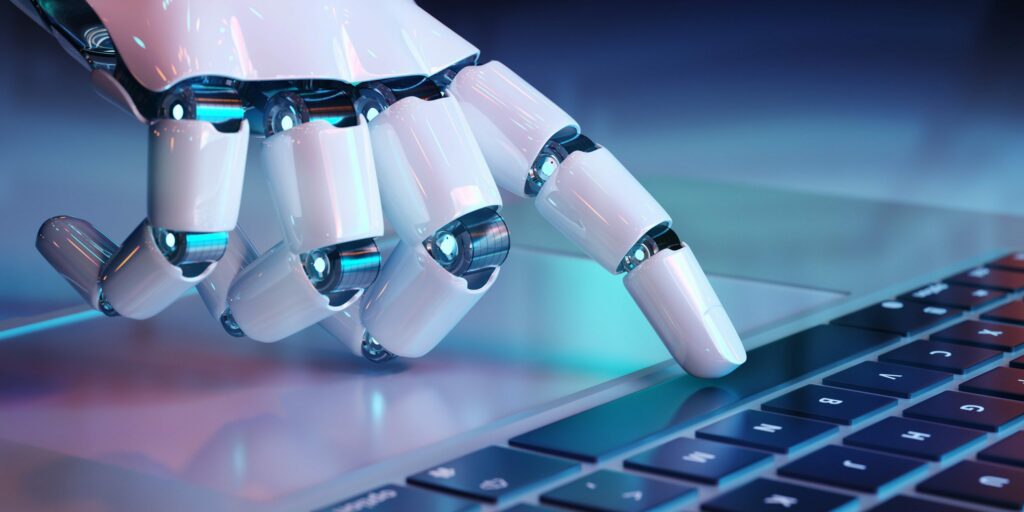This article is part of our “Data Science Digest” series. With this series, we will help you keep up with the developments in Data Science, show you the potential of data science techniques and give you a sneak peek into some of the exciting things we’ve been working on with the Data & AI team at Eraneos. In this article, we will talk about A.I. Chatbots and how they can shape the future of customer interaction.
Rapid technological developments have spurred the use of A.I. Chatbots for a variety of tasks. One of the leading reasons for their use in customer service departments is the fact that it has made them (customer service departments) more efficient; A.I. Chatbots can help an unlimited number of customers, simultaneously, 24/7, thus reducing the burden on human staff. They also provide added value by replacing the impersonal interfaces of web forms with a realistic conversation, among other things. In an age where people are expecting to receive information immediately, chatbots can give you the edge you need.
At Eraneos, we’ve been building chatbots and implementing Advanced Machine Learning and Deep Learning techniques to make them intelligent and able to recognize human language. The difference between normal Chatbots and the A.I. Chatbot is that with the former you need to add hundreds of possible questions and answers and connect them, while with the A.I. Chatbot you are not constrained to only that. While the normal chatbot is ‘locked’ into only answering questions which are included in it’s pattern, the A.I. Chatbot doesn’t have that limitation. With sufficient data, the A.I. Chatbot can be used in any type of domain – customer service, telecom, insurance, banking, retail, and learn to answer variety of questions and keep a conversation. What is more, it can also be deployed across various channels such as your website, Facebook, and other.
The A.I. Chatbot can also be connected with the customer data, thus allowing organizations to provide even better service in a faster, cheaper, and more efficient way. Take the following situation as an example:
If you have a customer with a contract about to expire (telecom industry), the Chatbot can be connected to a CRM or an ERP and acquire the customer’s information. In this case, if the customer asks the Chatbot something like “When does my contract expire?” over Facebook or on the company website or anywhere for that matter, the Chatbot can give an accurate answer within seconds. This can also be used for similar questions such as how much data or minutes are left until the end of the month.
This solution also allows for hybrid switching; if the question is too complex, a human can jump in immediately and take over the conversation (while in the back, the Chatbot incorporates the knowledge and uses it for future conversations.). The Chatbot and the human support are running side-by-side, and work together to deliver exceptional customer support.
These are some of the factors which make A.I. Chatbots the next logical step in an era in which customers expect the right information in a quick and accurate manner.



